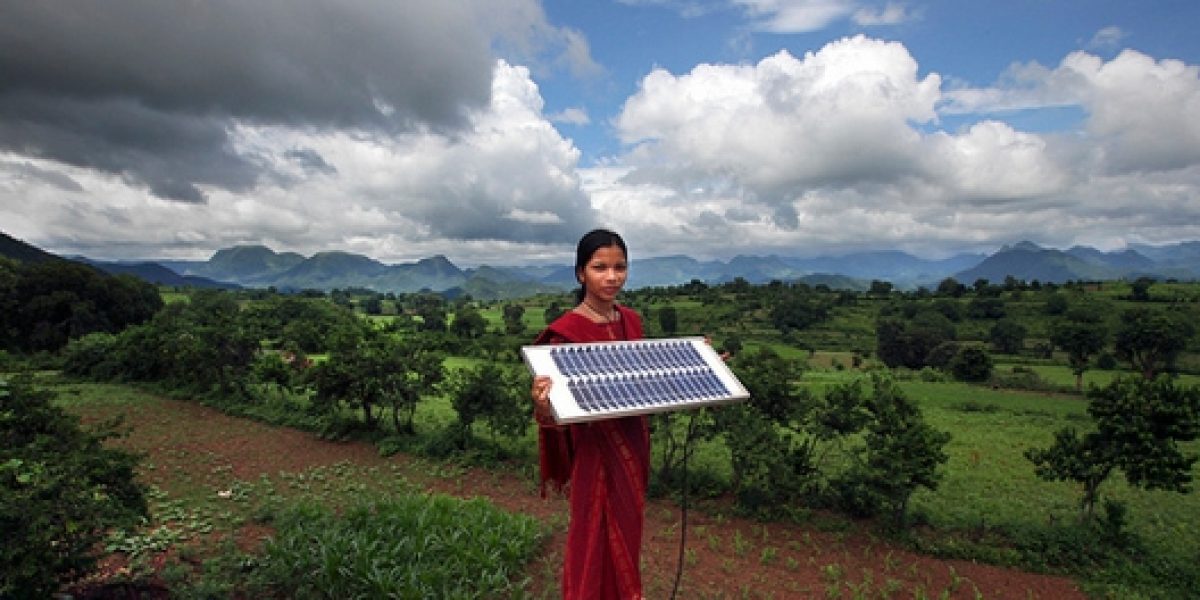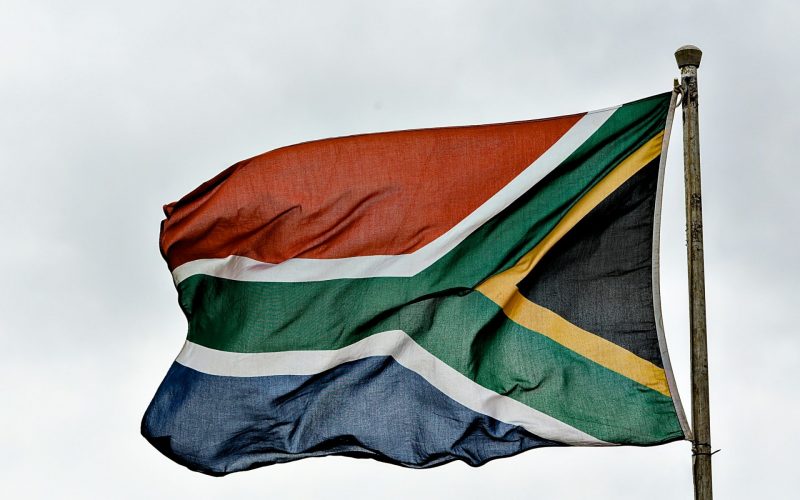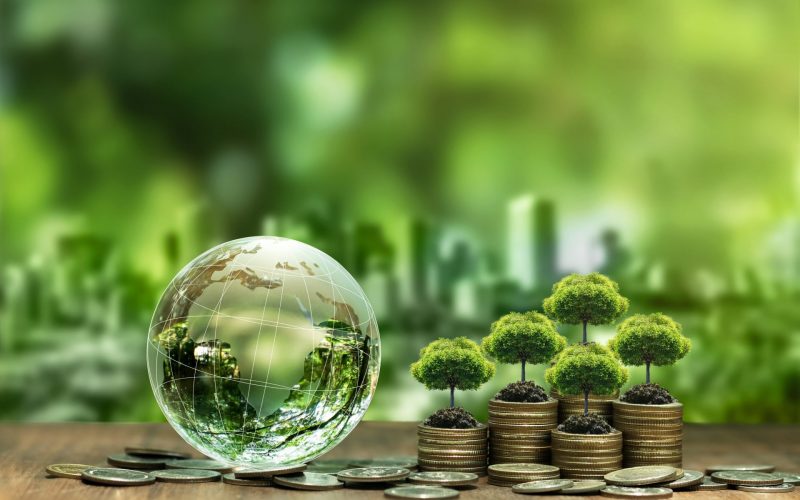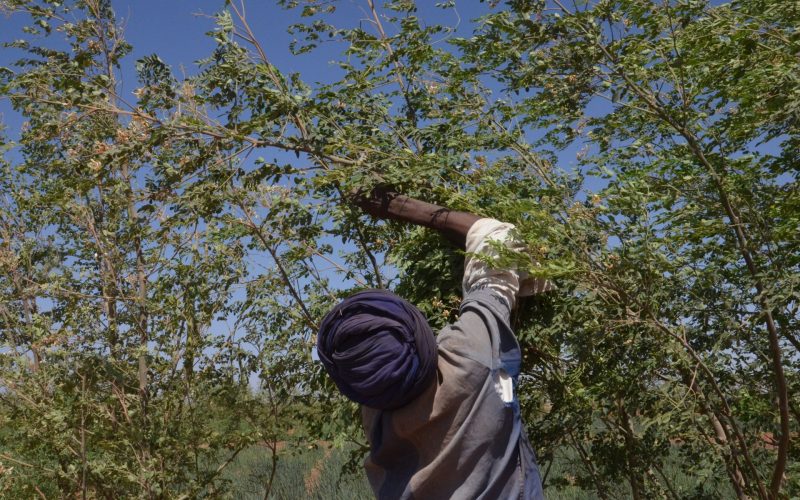The ministers agreed to:
- Establish a working group on environment to identify priority areas of co-operation;
- Explore the potential of the BRICS New Development Bank (NDB) to fund environmental projects; and
- Explore the possibility of establishing a collaborative platform of the BRICS countries to share best environmental practices and facilitate the exchange of environmentally sound technologies and know-how with participation of public and private stakeholders.
The ‘Saint Petersburg initiative’, establishing a platform for sharing green technologies, will be endorsed at the BRICS Ufa summit this week.
See all SAIIA materials relating to the 2015 BRICS Summit here.
The BRICS Environment Ministers’ meeting also identified the need to establish a public-private partnership mechanism to increase green investments. The first meeting of the NDB’s Board of Governors will be held on 7 July 2015, just before the BRICS Summit. Its purpose, as set out in its founding documents, is to ‘mobilise resources for infrastructure and sustainable development projects in BRICS and other emerging economies and developing countries’ (emphasis added).
This should embed the significance of funding environmental projects in the NDB’s mandate and strengthen the hand of environment ministers. However, to date the BRICS as an entity has not articulated a common definition of what they understand to be sustainable development.
While the operational and governance details of the NDB still need to be elaborated publicly, and it is difficult at this point to discern how the sustainable development dimension of the Bank’s mandate may be addressed, South African (and African) policy makers should begin considering both how the concept of sustainable development should be interpreted by the NDB, as well as the types of infrastructure projects that the bank might consider in this regard that have a clear green dimension.
2015 is a seminal year for sustainable development and climate change negotiations. The UN meeting on Sustainable Development Goals in September in New York and COP21 in Paris in November represent high ambitions for both development and progress on climate change. The BRICS countries face substantial development challenges domestically and in their region, and are among the world’s major carbon emitters in volume, although not in per capita terms. On the latter, while the industrialised world calls on them to take on more responsibility in addressing the global adverse impact of climate change, they are already doing much in the area of green economy.
The executive director of UNEP, Achim Steiner, was invited to attend the BRICS environment ministers’ meeting in Moscow. In his address he highlighted some of the progress made in renewables among BRICS countries:
- China: in 2014 had the biggest renewable energy investments, at US $83.3 billion, up 7% from 2013 (but below its all-time high in 2011).
- South Africa: 5% increase in renewable energy investment to US $5.5 billion in 2014.
- Brazil: investments of US $7.4 billion in renewables, with wind attracting 84% of that investment.
- India: pledges to raise solar production to 100 gigawatts by 2022, while renewable energy investment reached US $2.4 billion in 2014. Better lending norms and loan tenors helped boost financing to US $7.4 billion, a 13% increase on 2013, with wind attracting nearly half of the total investment.
Energy has featured in the declarations of the BRICS group since its inception, as has reference to the green economy and agriculture, and climate change. Individually there have been areas where the BRICS have become leaders in technologies such as solar; three of the top five solar photovoltaic firms are Chinese, while in the wind sector Indian and Chinese companies are also among the leaders in this field. At the same time Russia is a major fossil fuel producer and South Africa has vast deposits of coal.
At the summit in Fortaleza, Brazil, last year, the leaders called on all countries to reach
‘a successful conclusion by 2015, of negotiations on the development of a protocol, another legal instrument or an agreed outcome with legal force under the Convention applicable to all Parties, in accordance with the principles and provisions of UNFCCC, in particular the principle of common but differentiated responsibilities and respective capabilities.‘
They also emphasised that although fossil fuels remained a major source of energy, renewable and clean energy, research and development of new technologies and energy efficiency were important for sustainable development and to create economic growth.
In the various COP process, BRICS do not negotiate as a group. All the BRICS countries (bar Russia) are part of a larger group, the G77+China group, which includes smaller groups such as the Least Developed Countries (LDC), among others. In addition, four of the five BRICS countries are members of the informal grouping created at the Copenhagen summit in 2009, the BASIC group. These countries have been meeting on the margins of various global gatherings, with their most recent meeting and ministerial statement taking place in June at the UN headquarters in New York.
South Africa is chairing the G77+China this year, but is also an active member of the African group of negotiators. During last year’s national consultations on climate change the South African team of negotiators reiterated their support for the Africa group, when announcing that they would accept the chair of the G77+China group. The Africa group wants a legally binding agreement at COP21 that balances mitigation and adaptation commitments, with the latter being of particular importance for African countries.
For South Africa, which hosted COP17 in 2011 – the conference that also launched the ad hoc working groups on the Durban platform for enhanced action – unlocking the climate change negotiations on a post-Kyoto agenda is predictably a key legacy issue. However, understandably the country’s priority is the Africa group. Thus in negotiations on climate change processes, it is to be expected that South Africa may not always share the perspectives of all or some of its partners in the BRICS. At COP17, for example, South Africa and Brazil were more willing to facilitate the negotiations on finance and technology transfer than India and China, who continued to hold strong reservations on issues such as monitoring and evaluation under any future agreement.
What is clear though is that the BRICS have a responsibility to play a central role together with players from the industrialised world in driving the COP21 negotiations towards a post-Kyoto framework.







